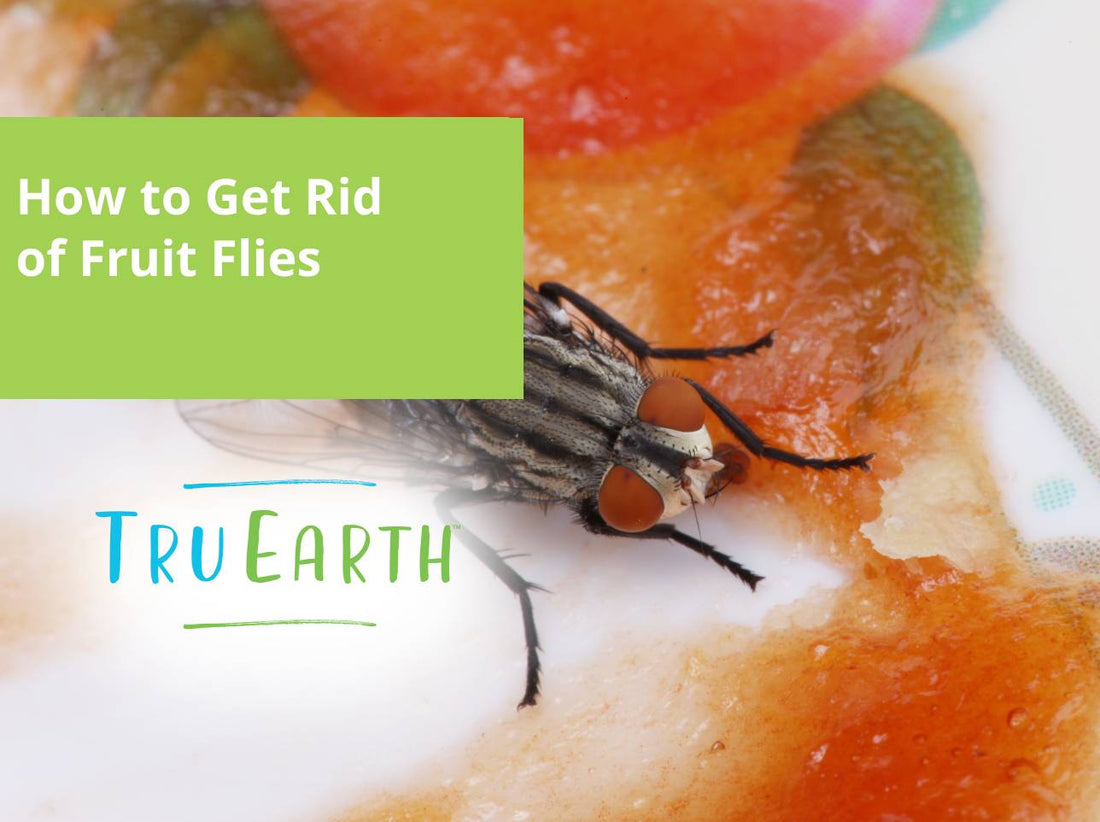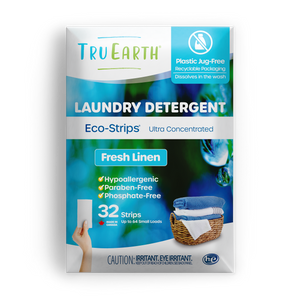Fruit flies, those tiny yet persistent nuisances that appear seemingly out of nowhere, can quickly become a household headache. In this detailed guide, we'll explore effective and natural methods to get rid of fruit flies, ensuring a clean and fly-free environment for your home.

Understanding the Enemy: Why Fruit Flies Invade Your Space
Fruit flies are attracted to fermenting and decaying organic matter, making kitchens, garbage disposals, and fruit bowls prime real estate for infestations. Their rapid lifecycle sees eggs hatch into larvae in mere hours, leading to a sudden surge in their population.
To identify fruit flies, look for their small size (about 1/8 inch), red eyes, and tan or brownish bodies. Observe their presence around overripe fruits, vegetables, and even in drains. Maintaining clean kitchen practices is essential. Regularly clean countertops, especially around fruit baskets and trash bins, and dispose of overripe fruits promptly.
Ensure windows and doors are properly sealed to prevent fruit flies from entering, and patch up any holes or gaps in window screens. Understanding the biology and habits of fruit flies provides a foundation for effective eradication strategies. Creating a comprehensive plan involves not only eliminating existing fruit flies but also preventing future infestations.
Elimination Methods: How to Banish Fruit Flies for Good
DIY fruit fly traps can be effective. For a vinegar trap, fill a jar with apple cider vinegar, cover it with plastic wrap, and poke small holes. Fruit flies are lured in by the vinegar and get trapped. A fruit bowl trap involves placing a piece of ripe fruit in a bowl, covering it tightly with plastic wrap, securing it with a rubber band, and poking small holes. Fruit flies enter but struggle to exit.
A soap and vinegar solution can be made by mixing water, dish soap, and apple cider vinegar in a bowl. The soap reduces the surface tension of the liquid, causing fruit flies to drown when they land on it. An essential oils repellent mixture, including citronella, eucalyptus, and tea tree oil with water, can be sprayed around potential entry points and areas where fruit flies are present.
In addition to these methods, consider introducing natural predators into your home environment. Carnivorous plants, such as the Venus flytrap, can be strategically placed to capture and consume fruit flies. This eco-friendly approach adds an interesting element to your home while contributing to the eradication of fruit flies.
Preventive Measures for a Fly-Free Future
Incorporate a regular cleaning routine, wiping down kitchen surfaces daily to eliminate potential breeding grounds, and empty and clean trash bins regularly. Proper food storage is essential; store fruits and vegetables in the refrigerator to slow down ripening and reduce attractiveness to fruit flies. Keep food items sealed in airtight containers and clean drains regularly by pouring a mixture of baking soda and vinegar down drains.
Additionally, consider adopting proactive measures such as using fly screens on windows and doors to prevent fruit flies from entering your home. Regularly inspect and address any plumbing issues that might create a conducive environment for fruit fly breeding. A vigilant approach to preventive measures significantly reduces the likelihood of future infestations.
Incorporating Natural Deterrents
Consider planting basil or mint in your kitchen or near entry points as a natural repellent. The strong aroma deters fruit flies and adds a pleasant fragrance to your home. Additionally, placing citrus peels, such as those from lemons or oranges, in areas prone to fruit fly activity can act as a natural deterrent.
Experiment with different natural deterrents to find what works best for your home. Some individuals find success in placing bowls of cloves or cinnamon sticks strategically to discourage fruit flies from specific areas. By incorporating natural deterrents, you add an extra layer of protection against future infestations.
Creating a Hygienic Environment: A Holistic Approach
Apart from addressing the immediate issue of fruit flies, it's essential to maintain an overall hygienic environment. Regularly deep-clean your kitchen appliances, especially areas where food particles can accumulate, such as the bottom of the refrigerator, under appliances, and inside cupboards. Dispose of garbage promptly, ensuring that trash bins are sealed and emptied regularly.
Implementing a routine pest control schedule can also contribute to long-term fruit fly prevention. Taking a holistic approach to cleanliness involves not only targeting visible areas but also addressing hidden corners and hard-to-reach spaces where fruit flies might breed. Regularly move and clean behind appliances, paying attention to areas that might collect moisture, as fruit flies are attracted to damp environments.
Educating Your Household: A Collective Effort
Fighting fruit flies is a team effort. Educate your household members on the importance of maintaining cleanliness in shared spaces. Encourage a collective commitment to promptly addressing spills, disposing of food waste, and adhering to a routine cleaning schedule. When everyone is on board, the battle against fruit flies becomes more effective and sustainable.

A Fruit Fly-Free Haven
Banishing fruit flies requires a combination of identification, elimination, and preventive measures. By adopting these natural and DIY methods, you can reclaim your space from these pesky intruders and maintain a fruit fly-free home.
Remember, consistency is key, so incorporate these practices into your routine for long-lasting results. Enjoy your fly-free haven and relish in the comfort of a clean, pest-free home!


